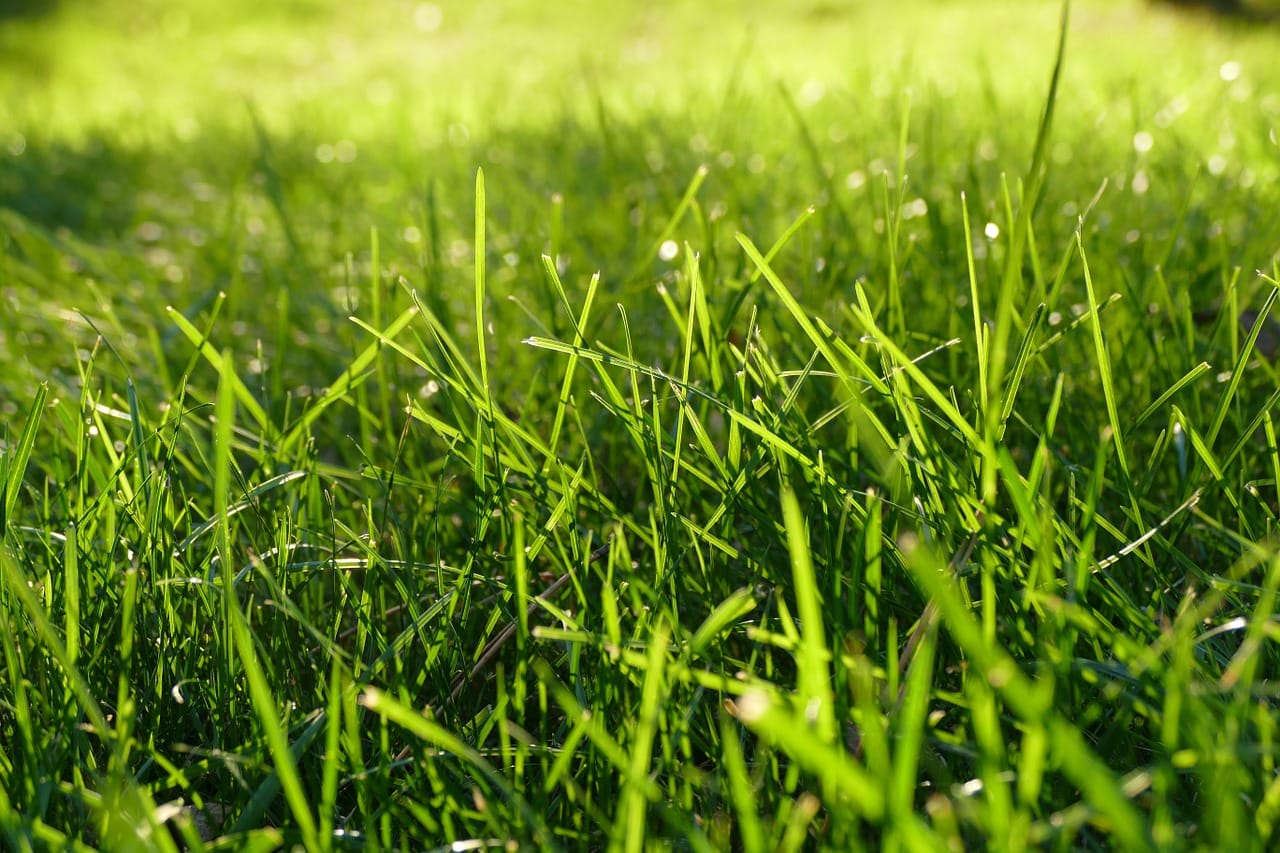
In November, a broad-based coalition of green industry experts sent the City of Naples a letter putting the city on notice for its “unconstitutional and discriminatory” fertilizer ordinance.
The Environmental Research and Education Foundation (EREF) letter ultimately let the city know that if it does not withdraw its fertilizer ordinance within 30 days, it will file a lawsuit against the city.
It’s been more than 30 days, and we’ve yet to see what might happen between the two. But one thing is apparent: there are problems with a lot of the local fertilizer ordinances being passed by local governments.
EREF and others, along with experts in the state, are starting to speak out about the problem.
“Under a contract with the Florida Department of Environmental Protection, we spent eight years studying the environmental impact of landscape fertilizers, and the findings of this research validated the state’s model fertilizer ordinance. Yet, today, there are more than 100 conflicting municipal ordinances on the books,” said Bryan Unruh, a professor at the University of Florida.
Beyond creating a confusing and conflicting environment, some are claiming this jurisdictional patchwork “does more harm than good” when it comes to Florida’s environment, especially at a time when the state is looking for solutions to water quality problems.
“This not only creates a confusing situation, but they ignore science and may have a harmful effect on Florida’s environment,” Unruh said.
Those concerned with local fertilizer ordinances point to the decades of science and history that have established that healthy lawns and landscapes act as some of the most efficient filters on the planet and support the well-being of our environment.
“Grass systems are the best bio filters known to man, which is why proper nutrition during the growing season is critically important,” Unruh said.
This same science and history also seems to invalidate the belief many hold that summer rainy-season fertilizer applications run off into local waters.
“In fact, there is no evidence that the more restrictive ordinances are having any positive impact,” Unruh added.
Experts and concerned parties point to the communities that have summertime rainy-season fertilizer ordinances on the books. Some of these ordinances are more than 10 years old, yet many of those communities have experienced severe red tide and water quality problems over the years.
Aside from the harm to Florida’s environment and water, experts and concerned parties also are concerned that these ordinances are a distraction from the real problem — septic tanks and failed sanitary and stormwater systems, which are considered largely responsible for nutrient loading and algae blooms.
In fact, state agencies charged with environmental protection and the University of Florida’s Institute of Food & Agricultural Sciences have spoken against misguided fertilizer ordinances and bans because they do not address these root causes and, while sounding good, actually have the potential to do more harm to our waterways.




5 comments
Amanda
December 10, 2019 at 9:28 am
High maintenance non-native lawns are not the best biofilter. Florida’s low/no maintenance native plants, which require no additional fertilization, or irrigation, are the best biofilters we have. This article is misleading. Septic tanks are an issue. They are not the main issue, but a important piece of the complicated puzzle that makes up our water problems.
Ryno
December 10, 2019 at 12:00 pm
This article has scientifically false and misleading statements.
First, Pinellas County, with the most restrictive ordinance in the state, nutrient levels are decreasing in the waters and water clarity and quality is improving.
Second, Red tide has not been linked as of yet to human causes. Is predominantly naturally occurring. More research is needed to determine if we have an impact on red tide incidence or severity. There is a definite link of human causes to bluegreen algae blooms.
So saying that fertilizer ordinances have not reduced red tide is a canard.
The “real problem” is many sources, yes including lawn fertilizer, agriculture, stormwater, septic tanks, animal waste, sanitary sewer overflows, reclaimed water (especially when not tertiarytreated), over watering, and yard waste.
There is many sources, not any one thing. Cumulatively it adds up.
Local governments are mandated to reduce nutrient pollution. The environments, nutrient sources, soil, and climate are different in different areas of the state. A state wide response does not make sense.
The local ordinances are very simple and strait forward.
The “experts” also like to assume that Best Management Practices are being followed, when often they are not.
FloridaGirl
December 10, 2019 at 5:04 pm
This article makes me laugh. Same song as 10 years ago with IFAS as a spokesperson for the industry. The research mentioned is TURF research not stormwater research. Additionally the state has stated in the peer review of the TURF research that the leaching rates observed in the studies would impair water quality in our springs and other aquatic resources. The bottom line is fertilizer is one of the many nutrient sources plaguing our waterways and we need a multi-pronged approach to address it. A one size fits all approach doesn’t work, each community has different challenges and the solutions need to be specific to the issue.
Ray Blacklidge
December 11, 2019 at 11:41 am
I agree with the other commenters, it’s a fact that fertilizers are found in the Kissimmee River flowing down into Lake Okeechobee, thus causing blue/green algae out breaks. The article wants us to believe that using more fertilizer will make the lawns retain the fertilizers more. No.
This Guy
December 12, 2019 at 7:42 pm
Finally an article that speaks truth over misinformation and agendas. The truth will win out one day in a world of fake news and emotional decisions with no proof. Thank goodness for people who finally stand up to the BS created by the opposition.
Comments are closed.